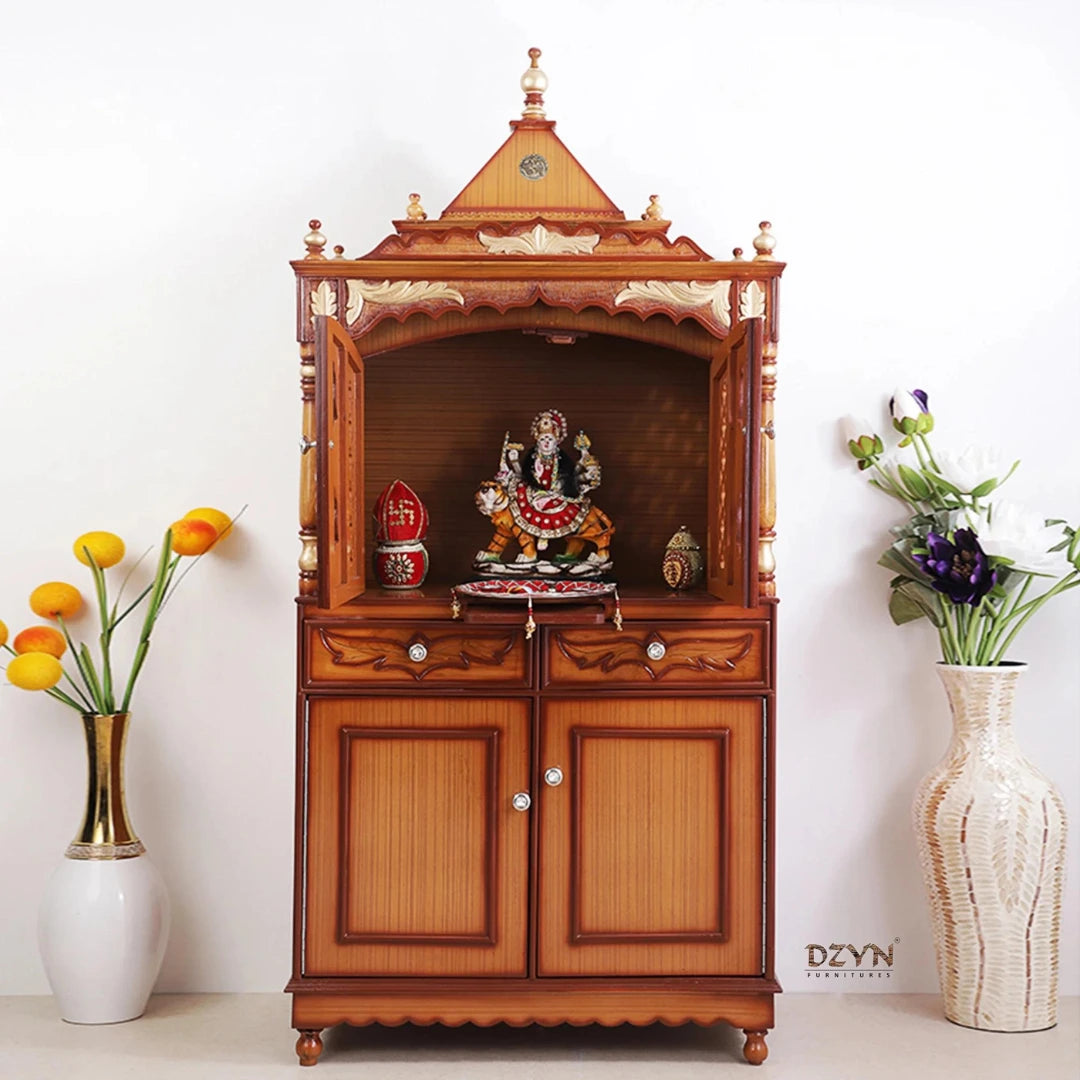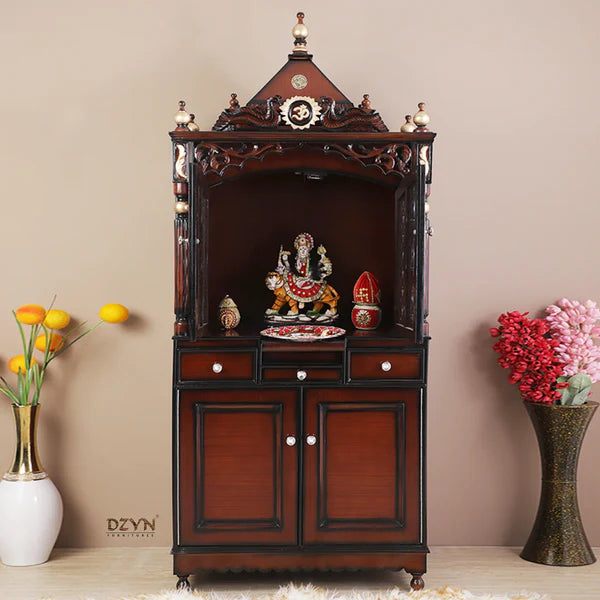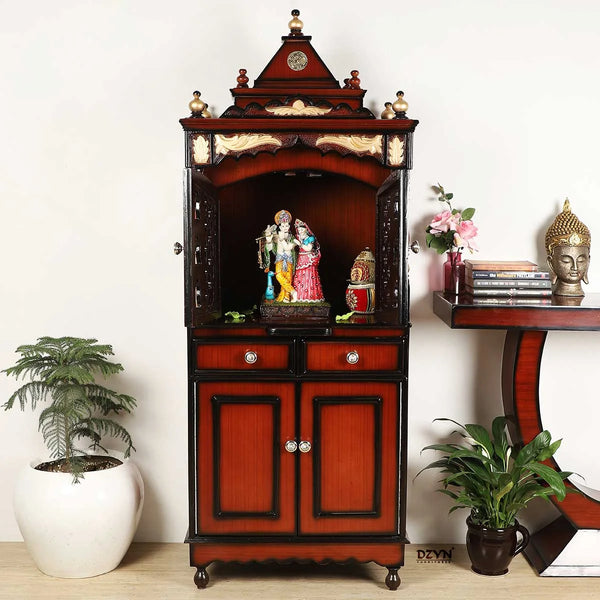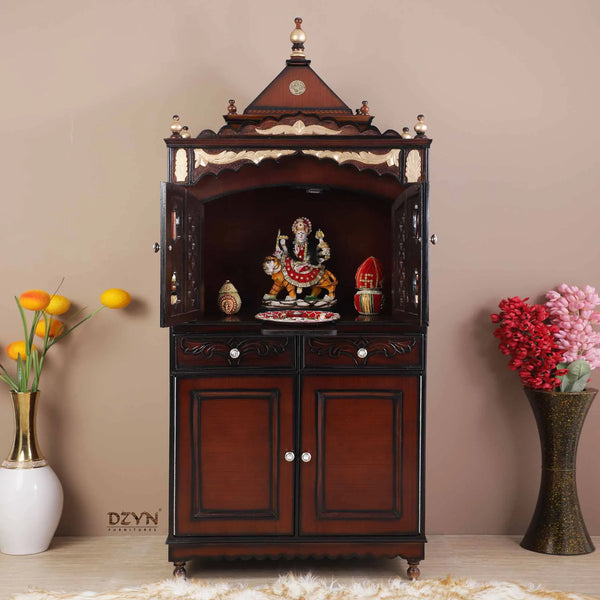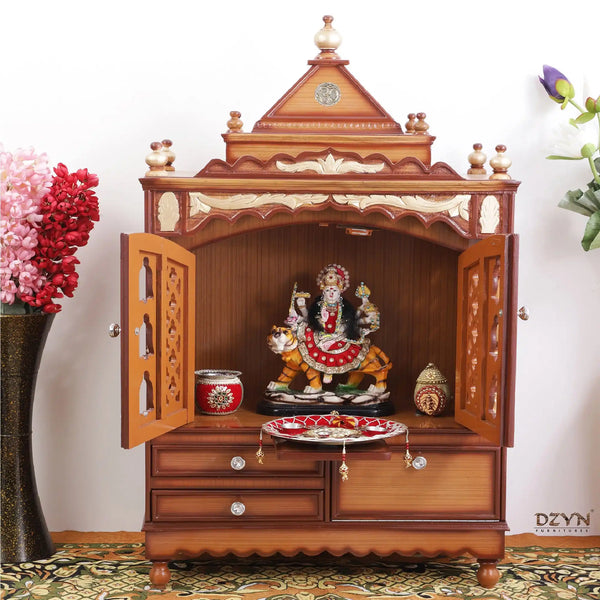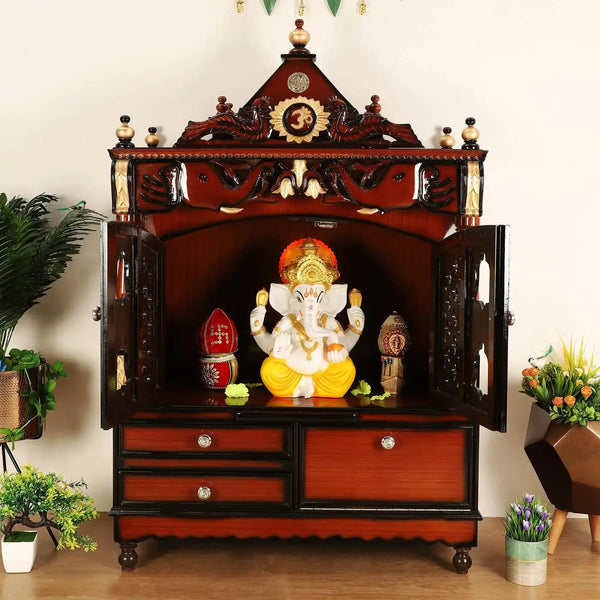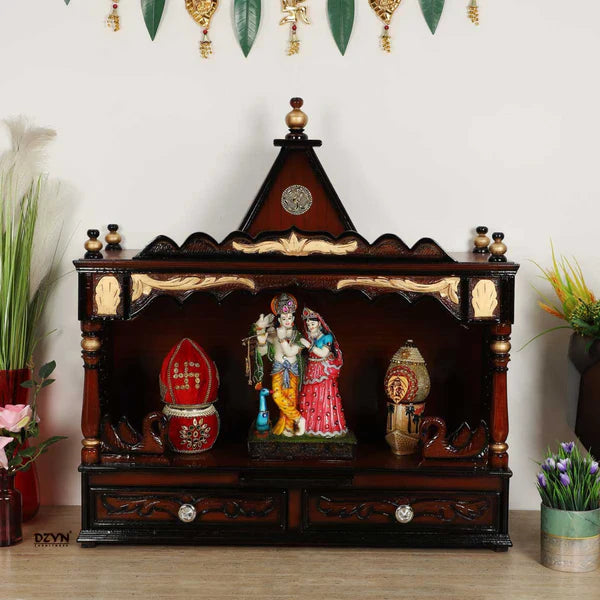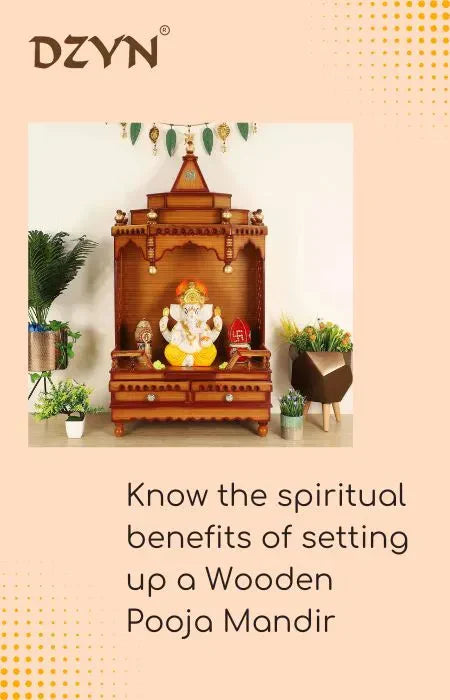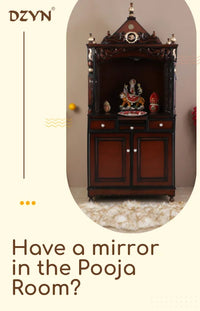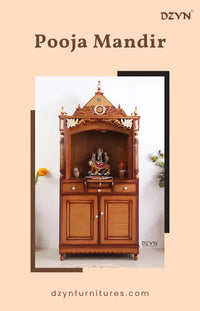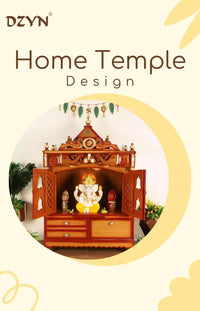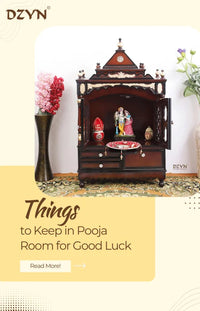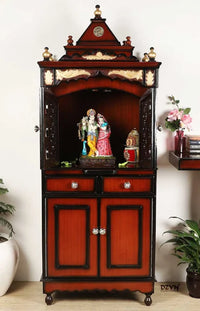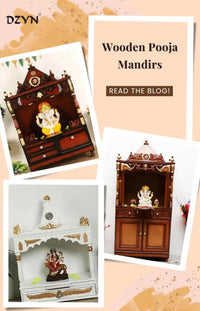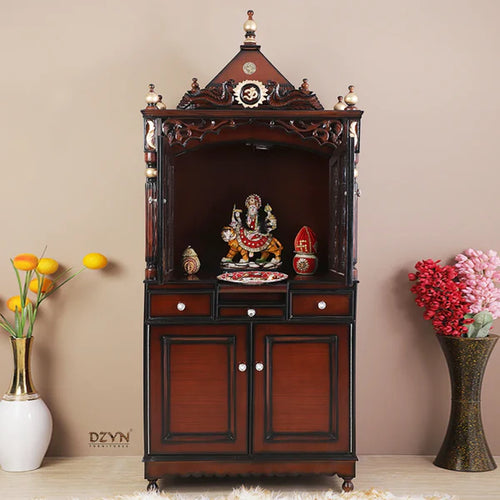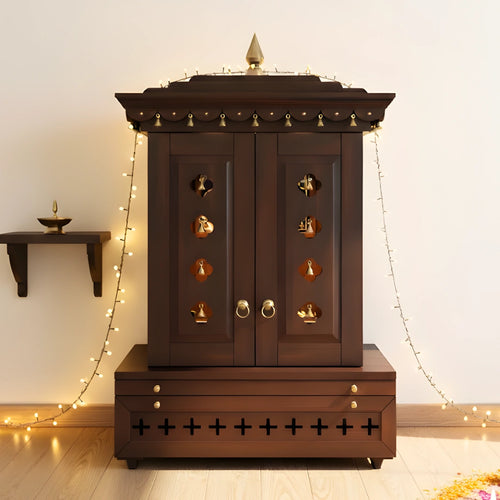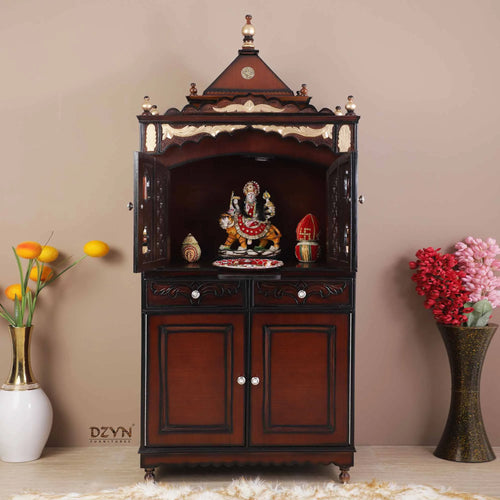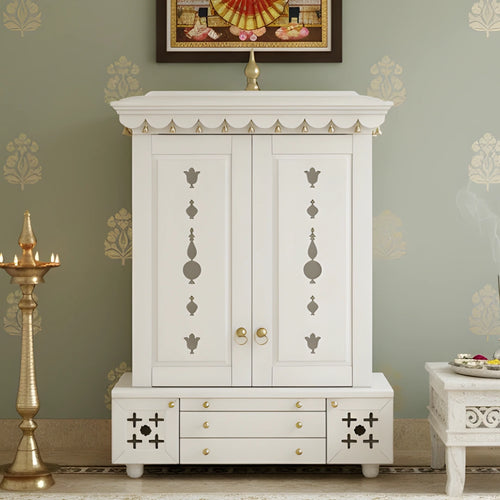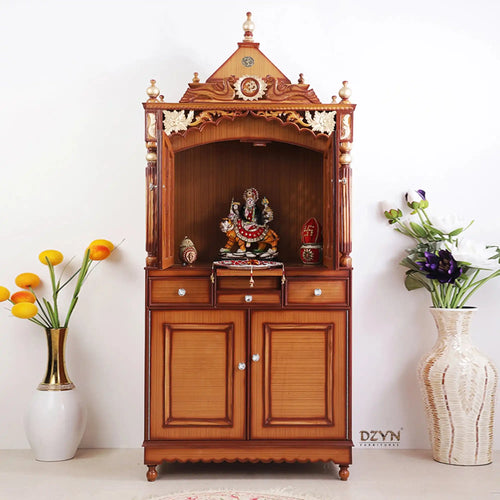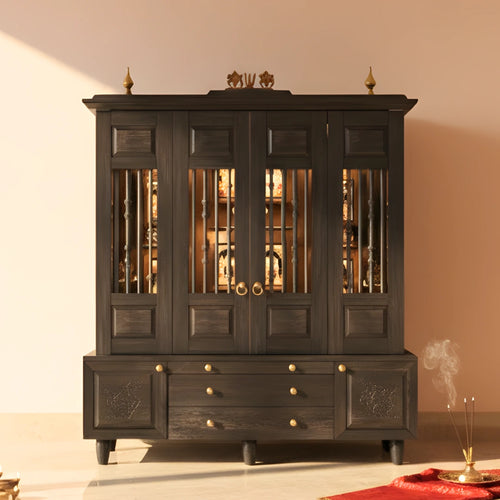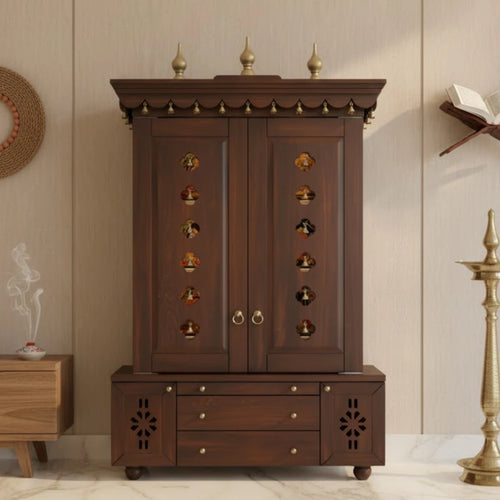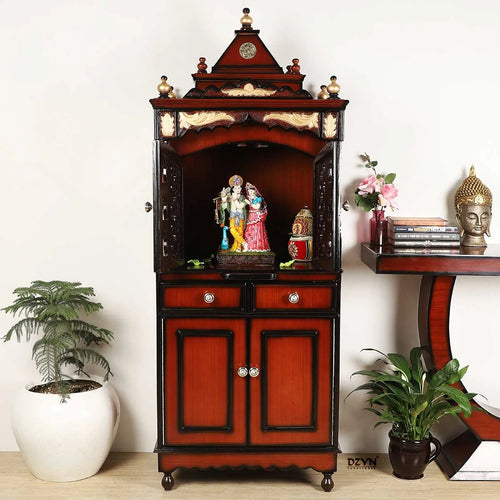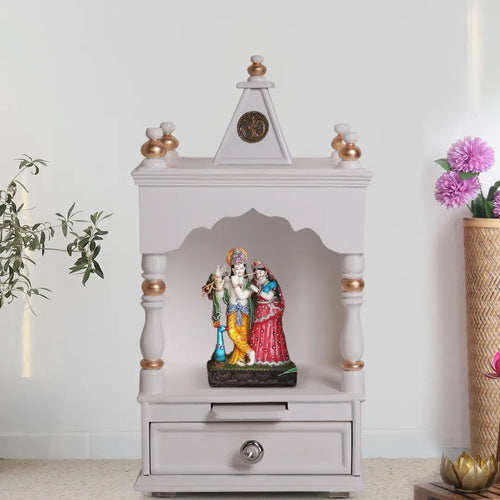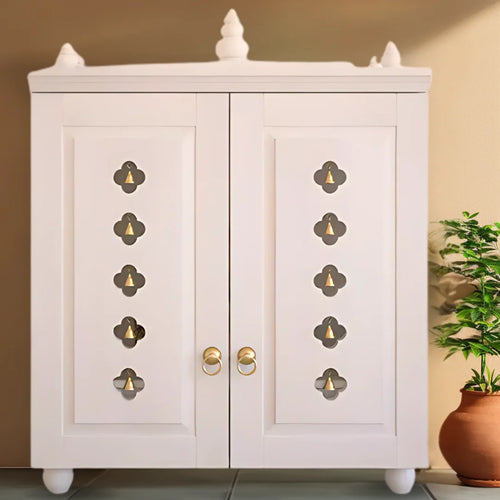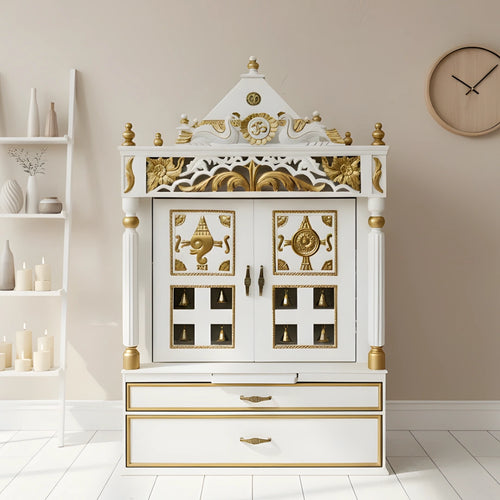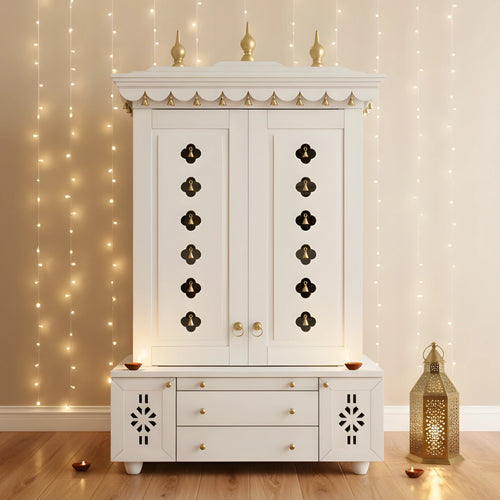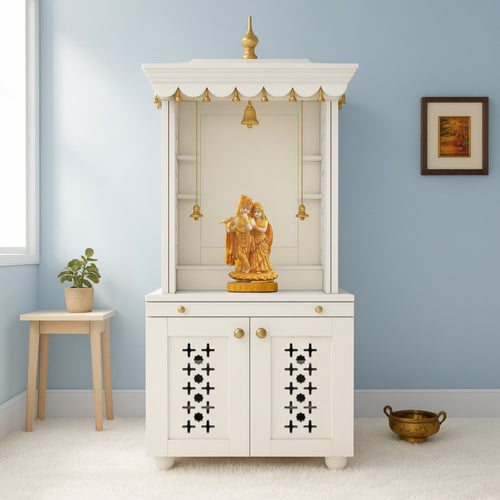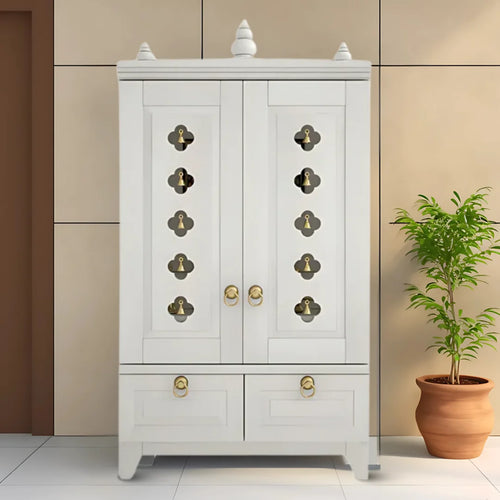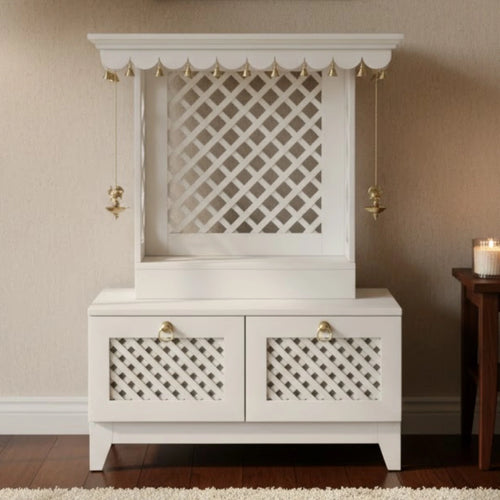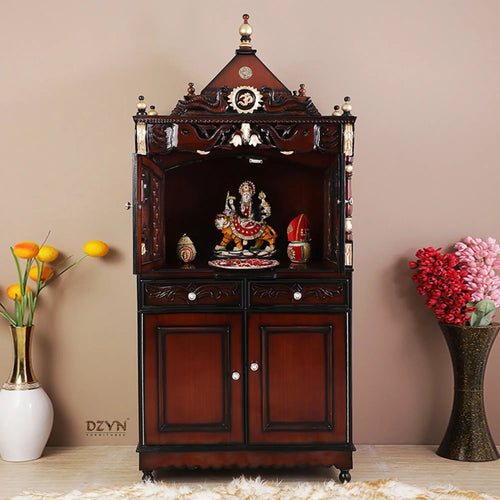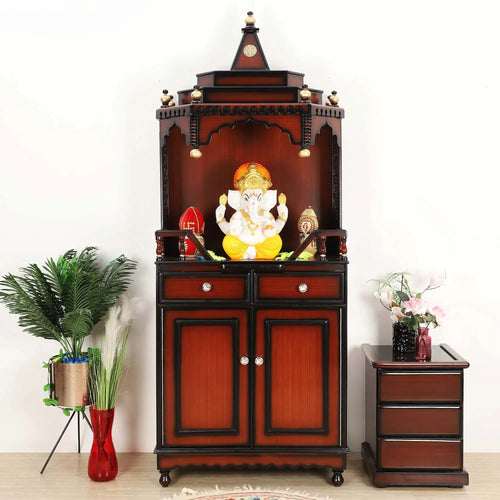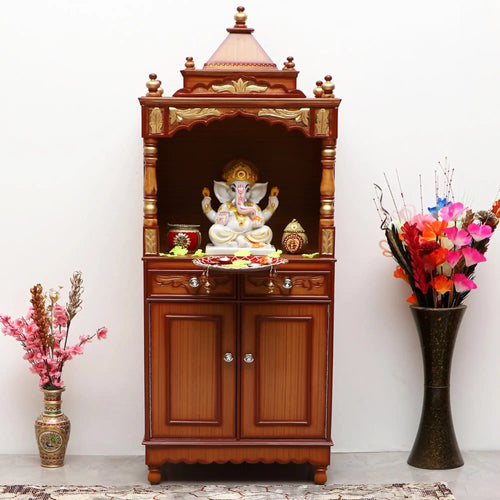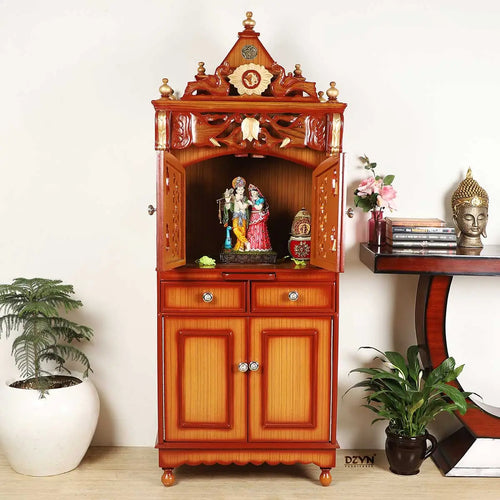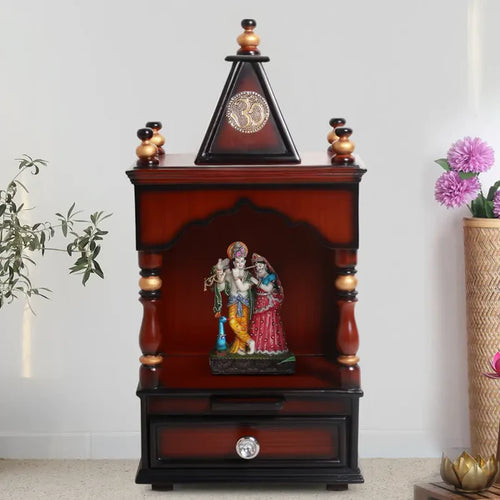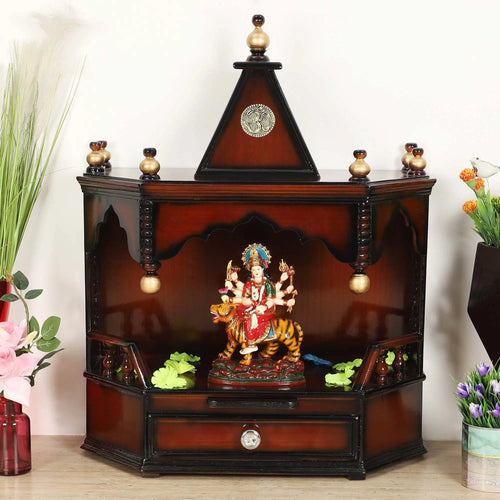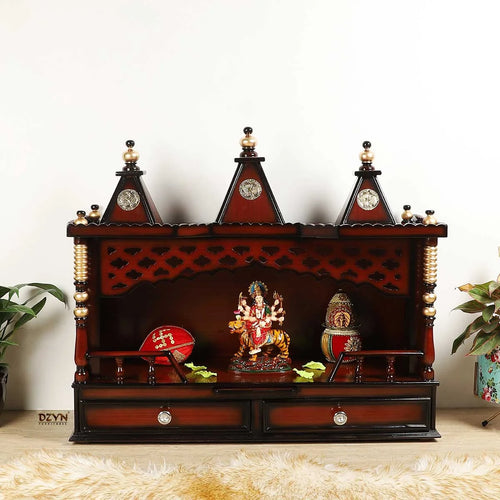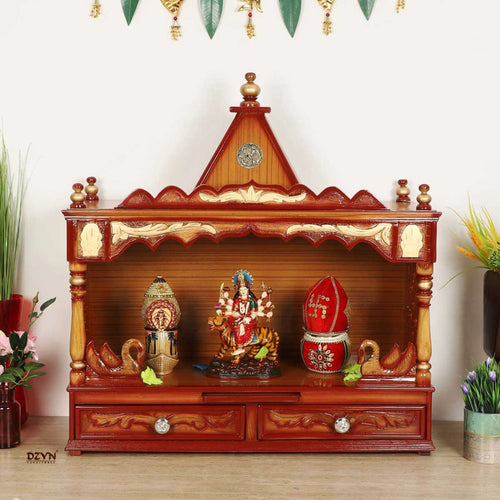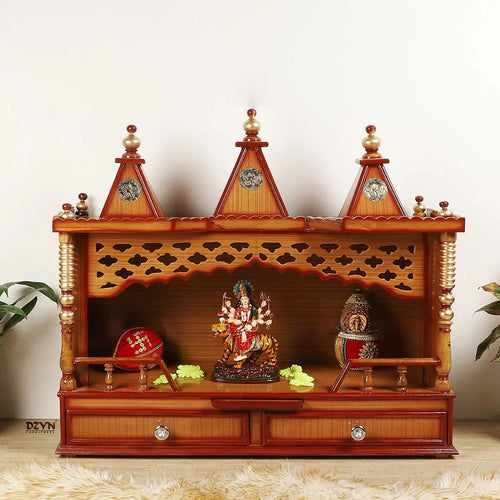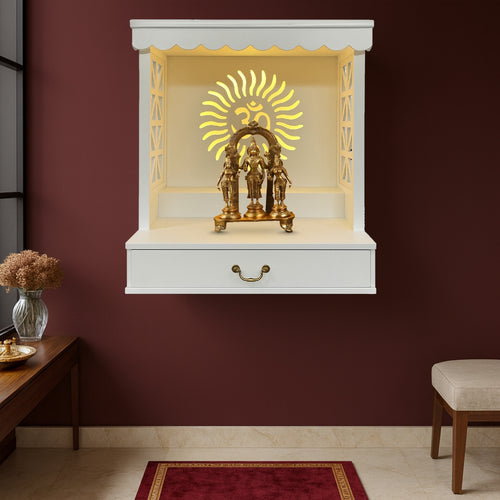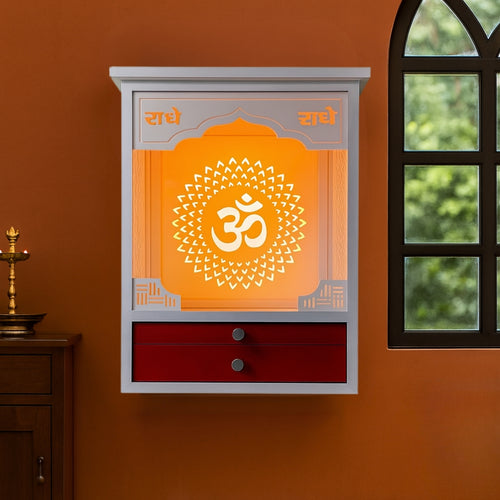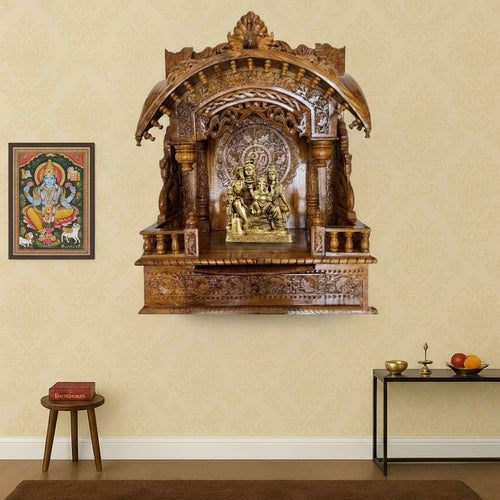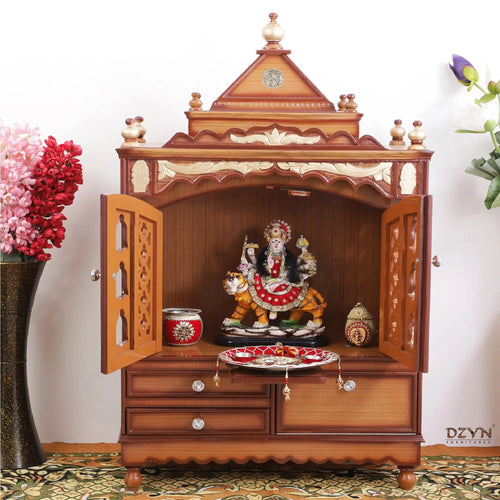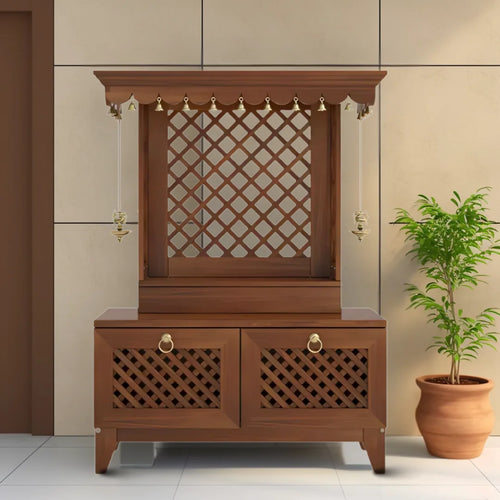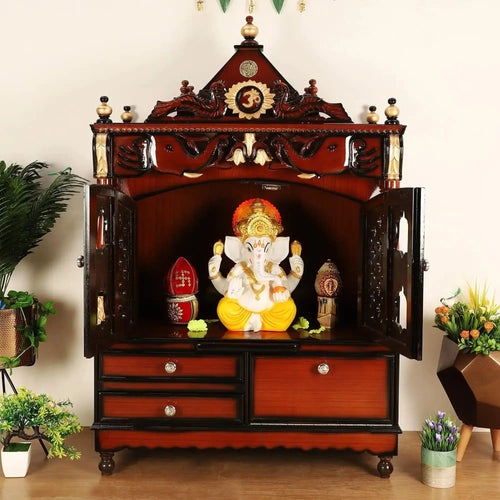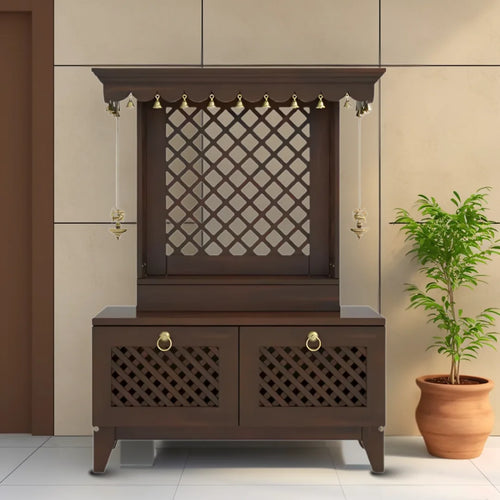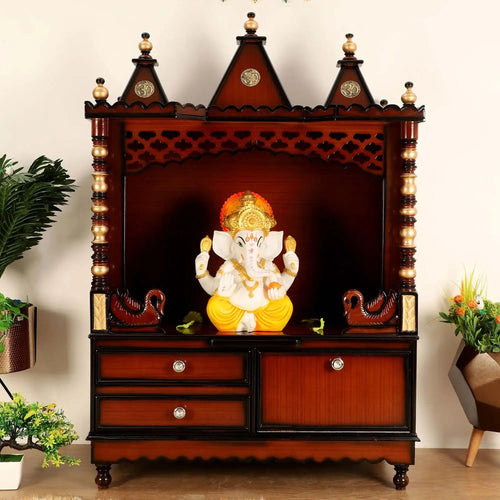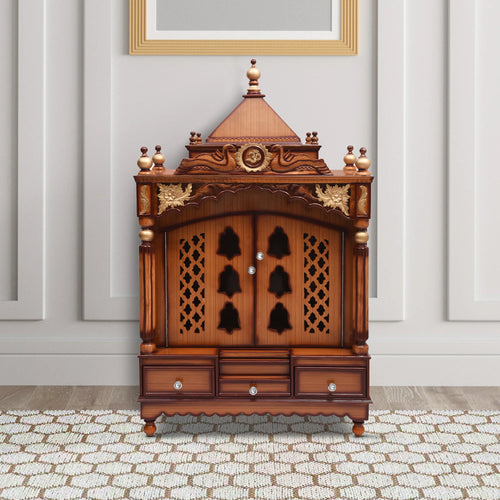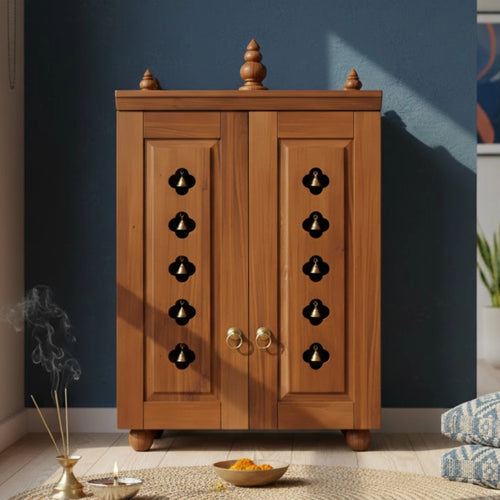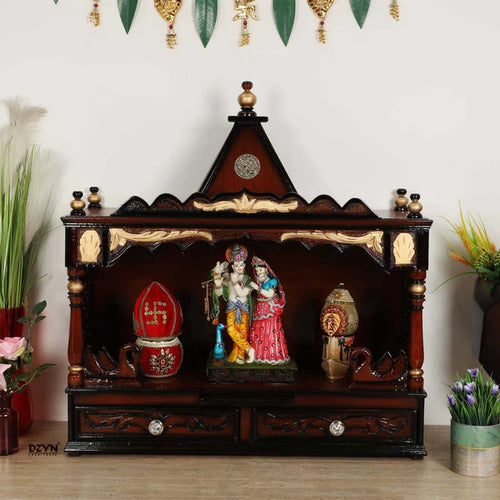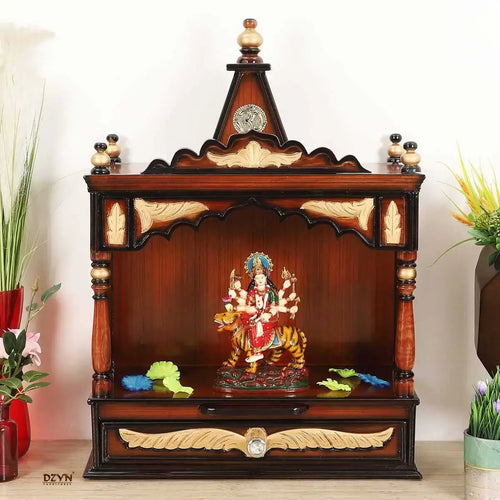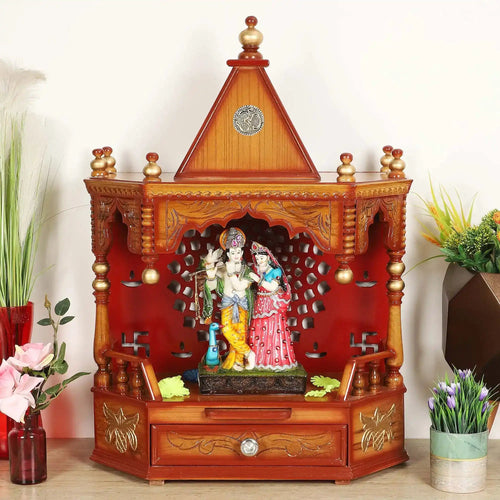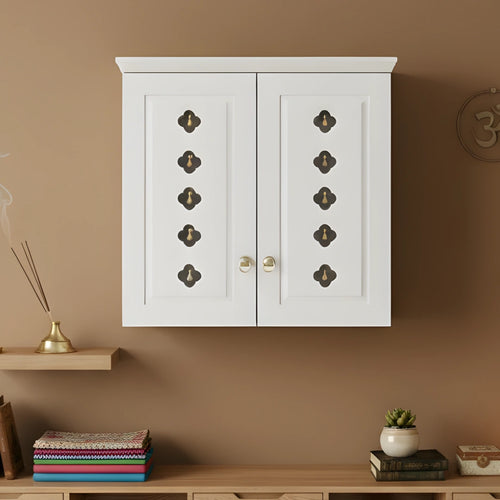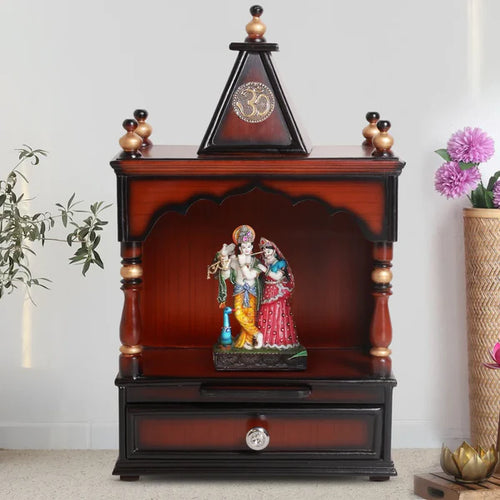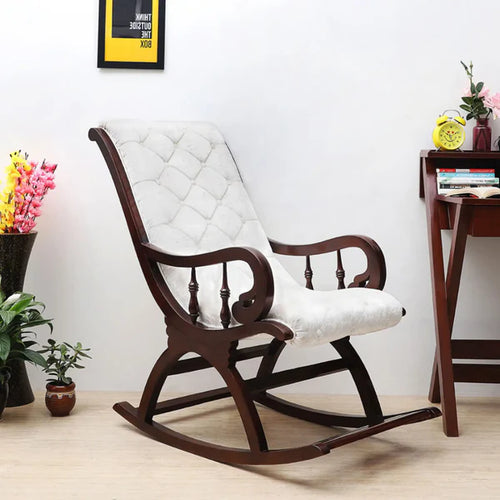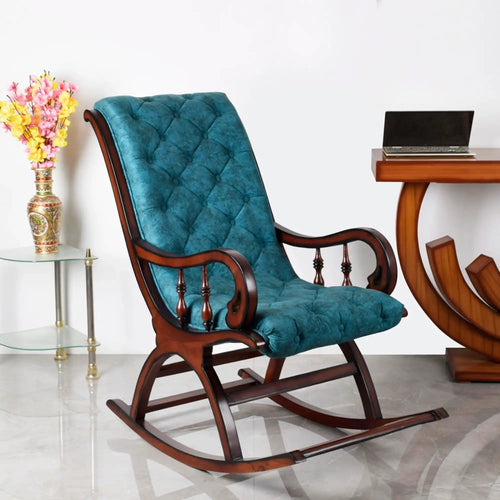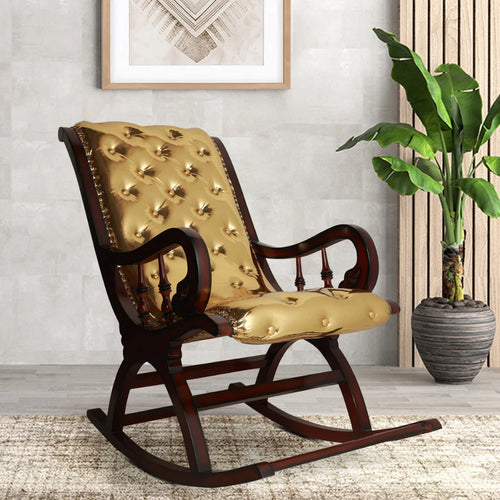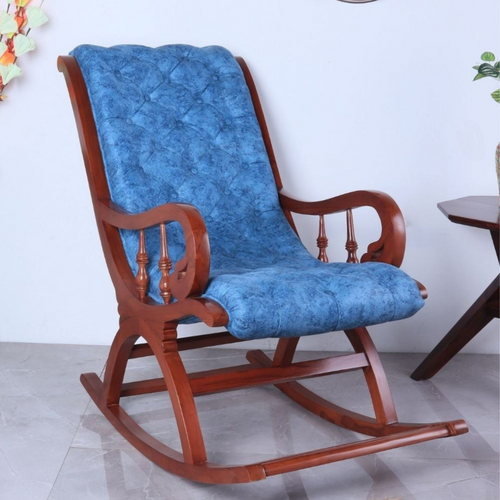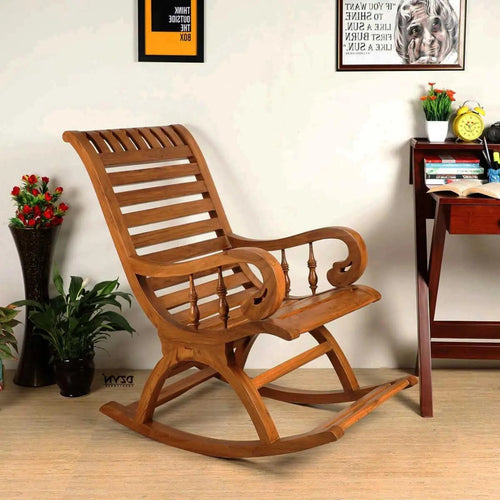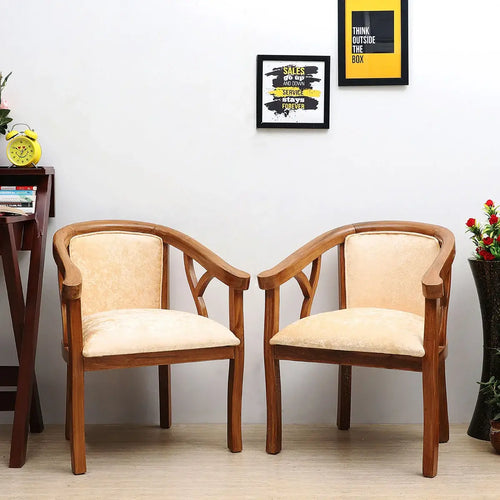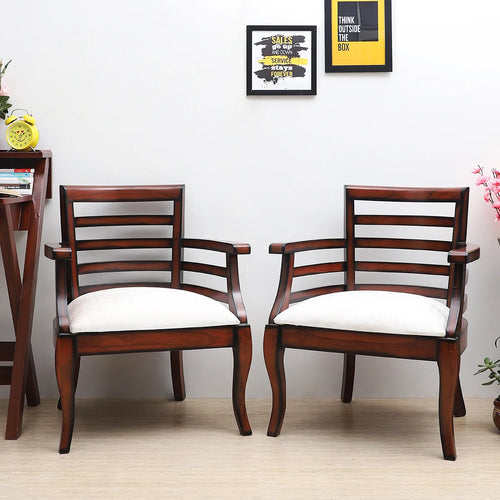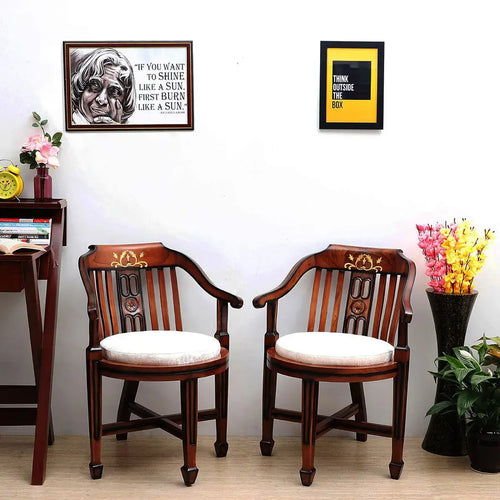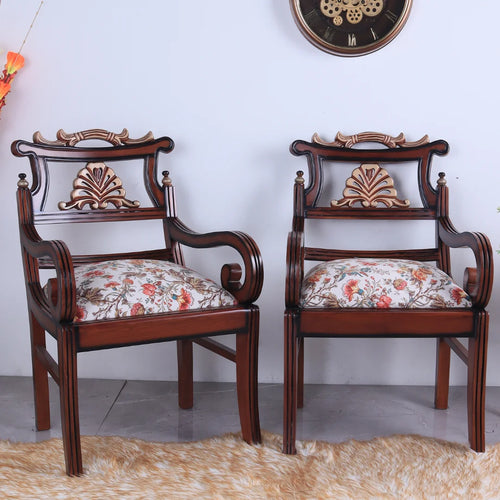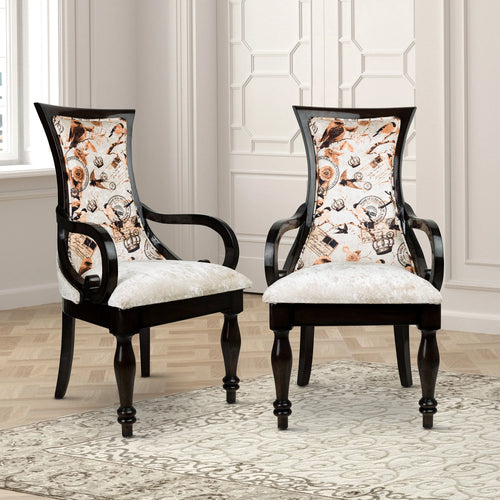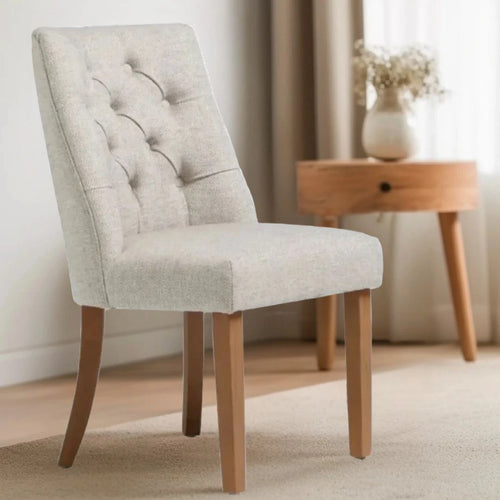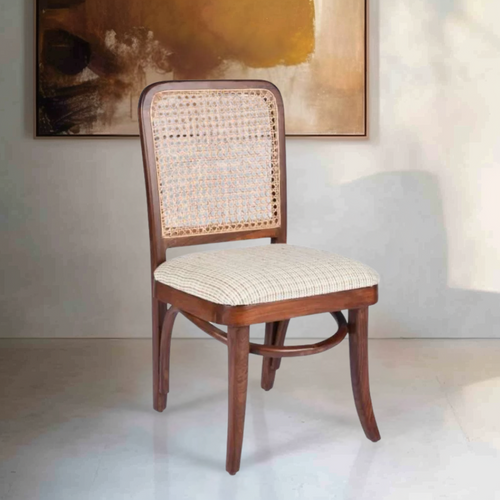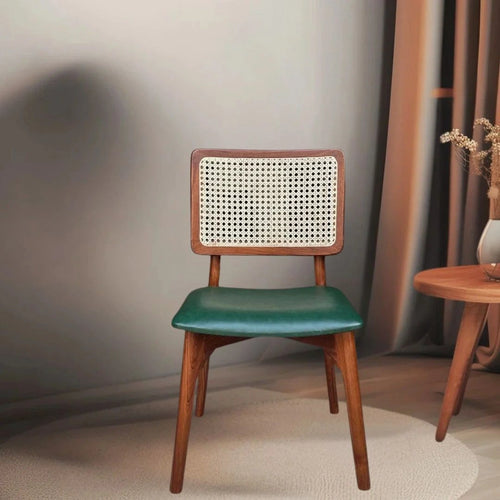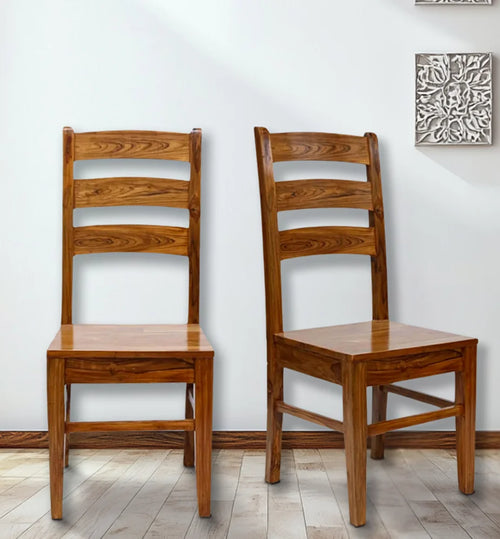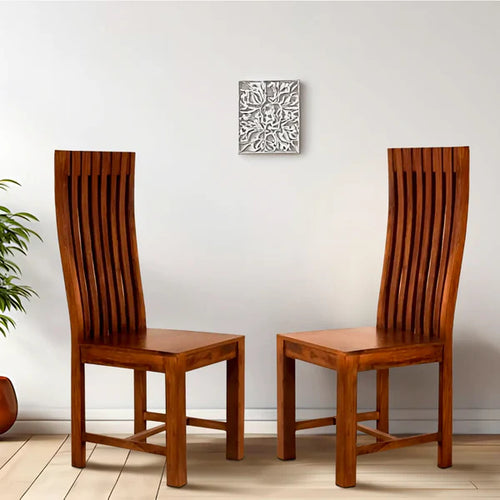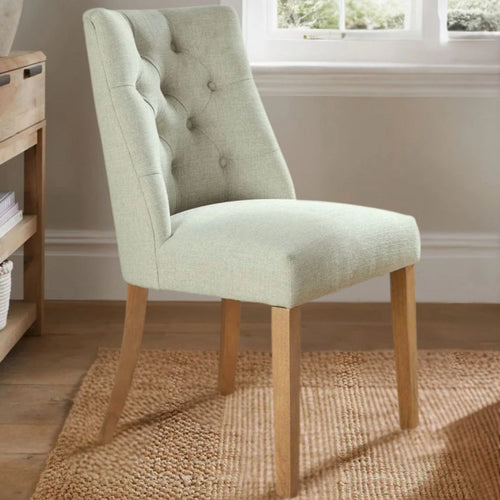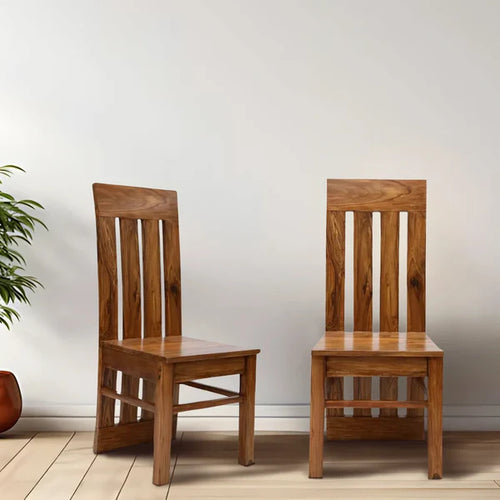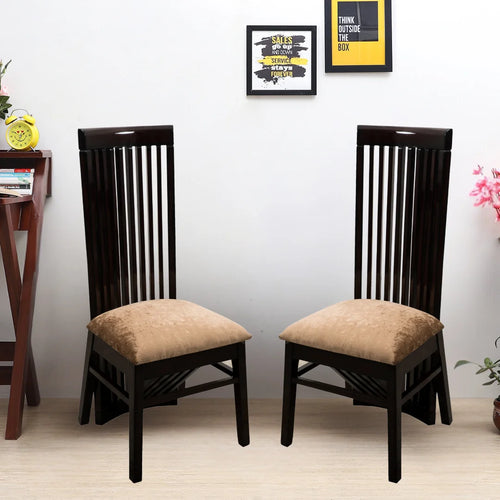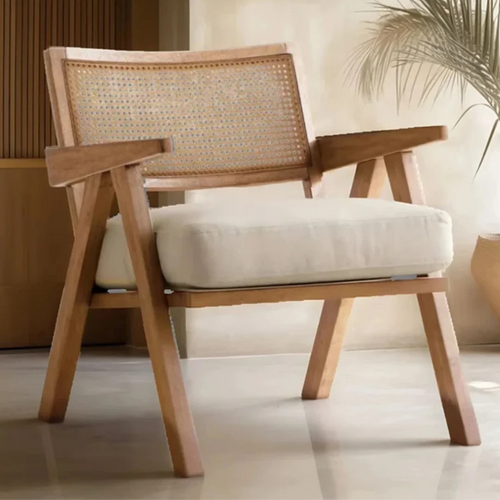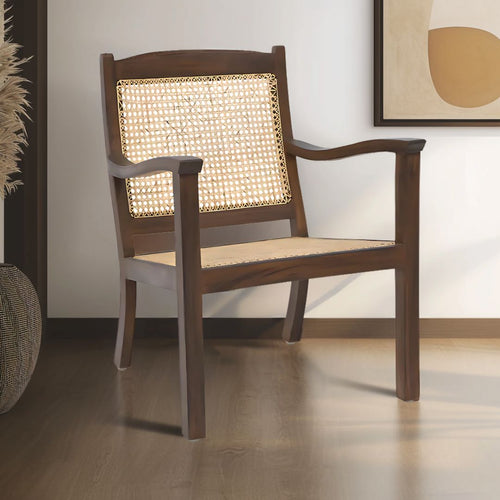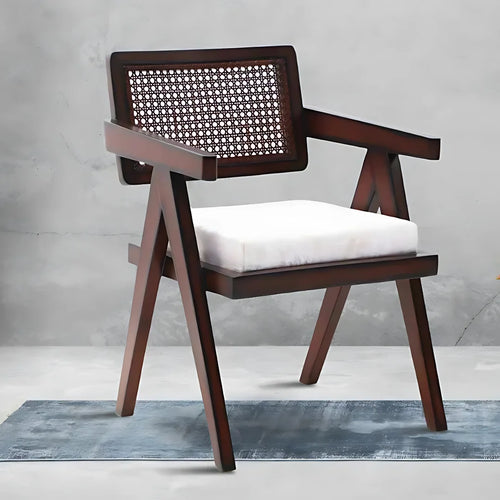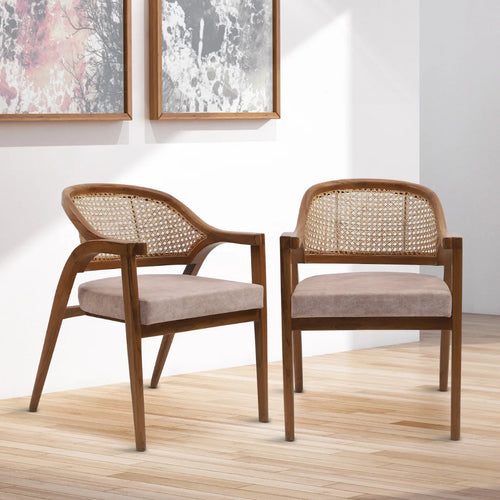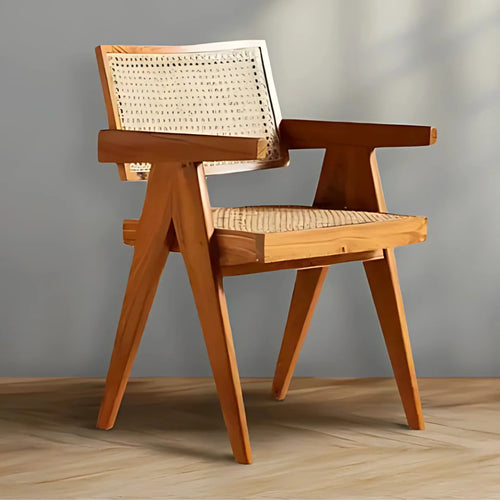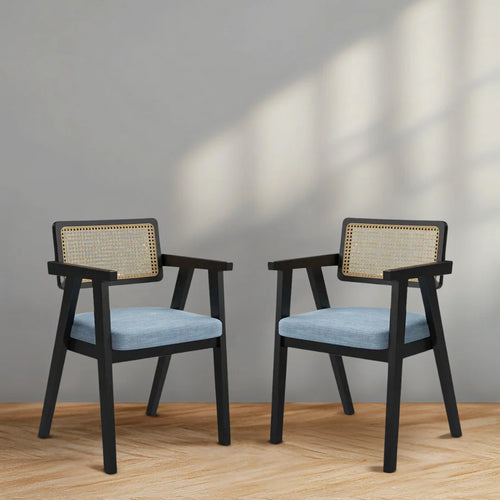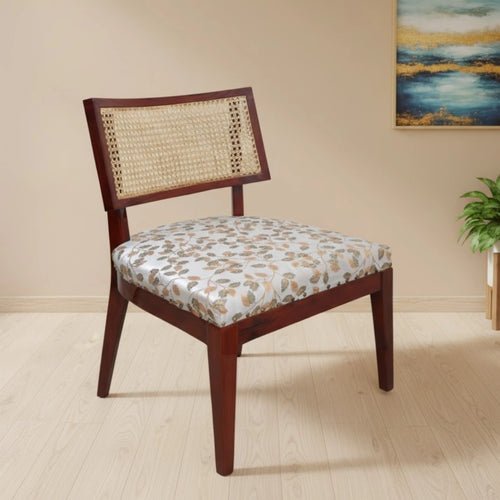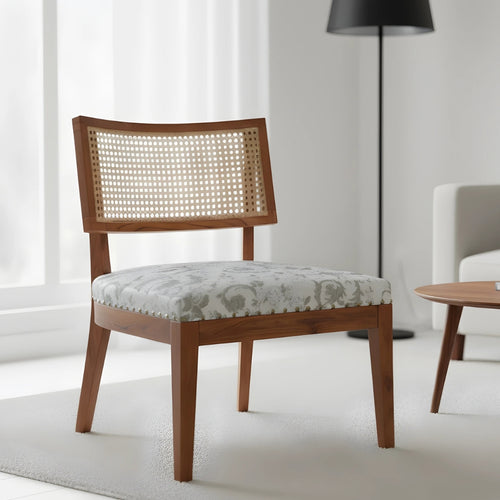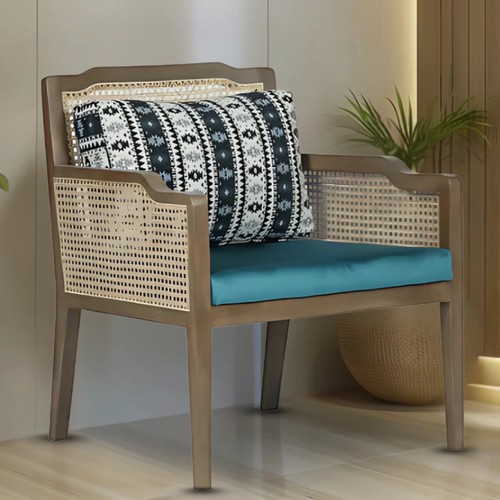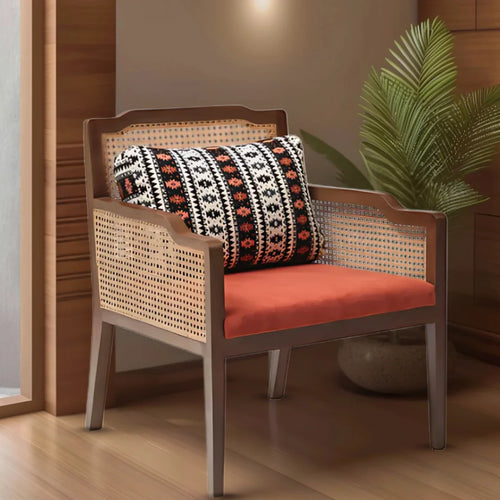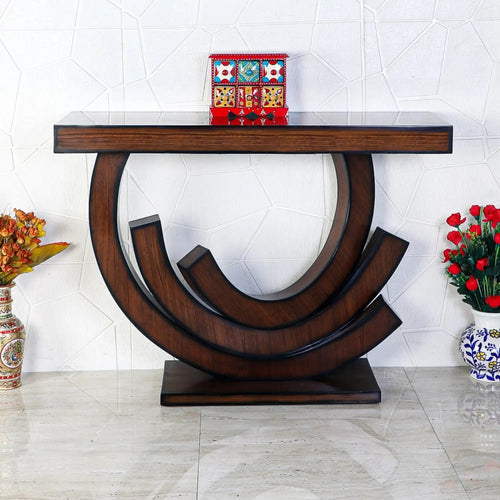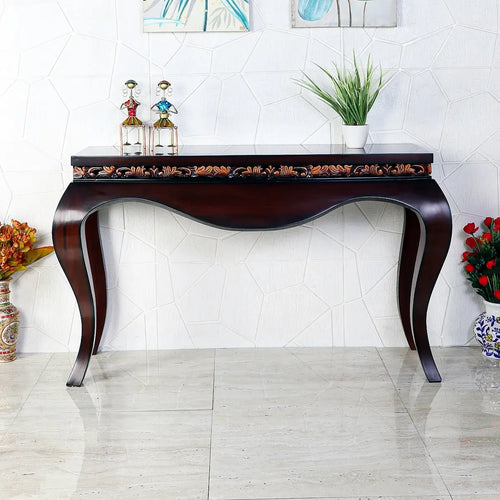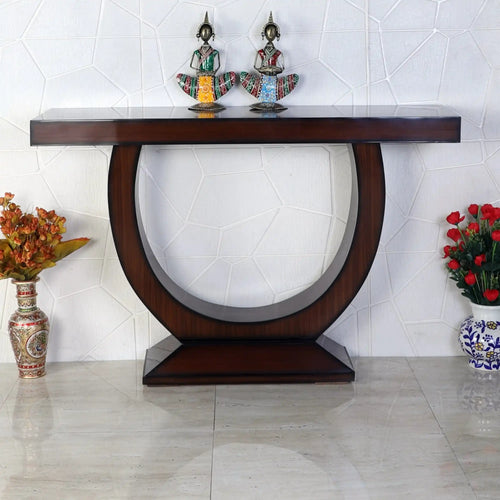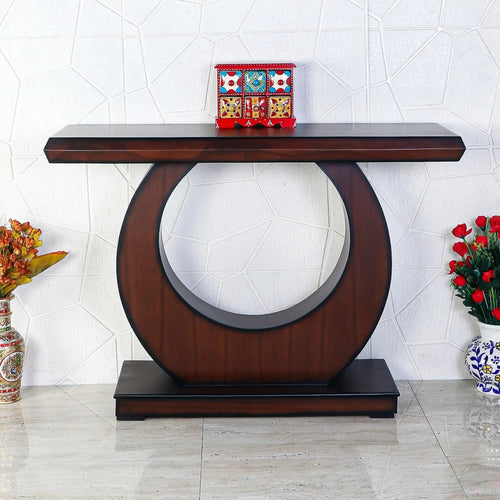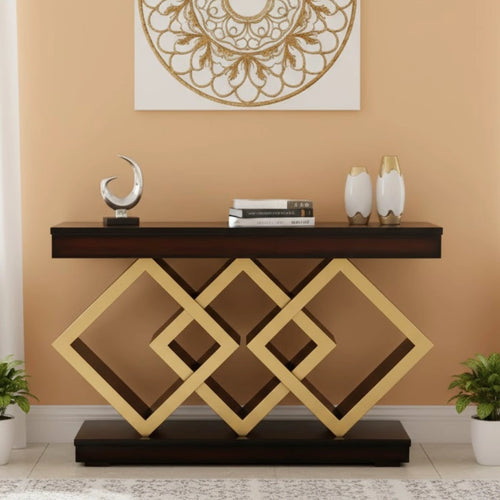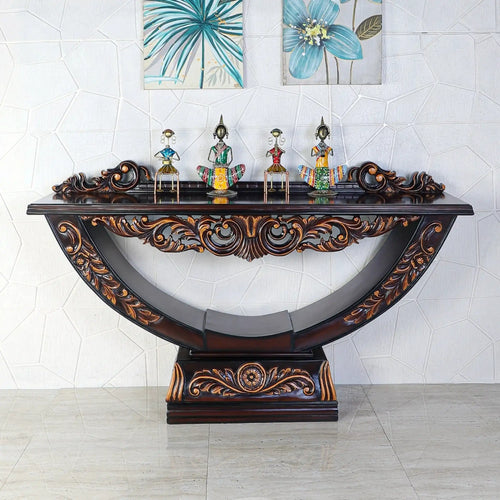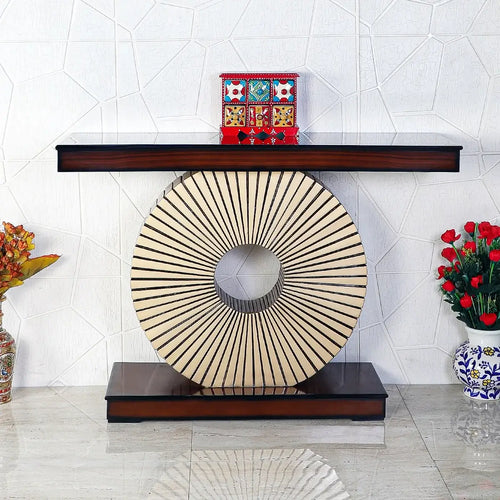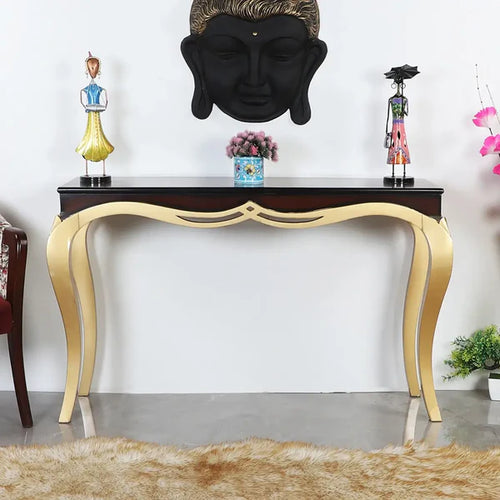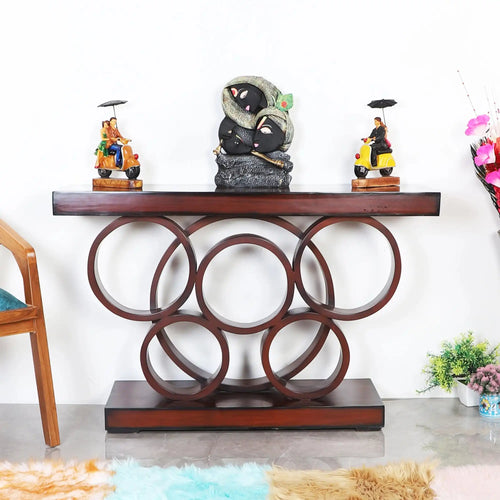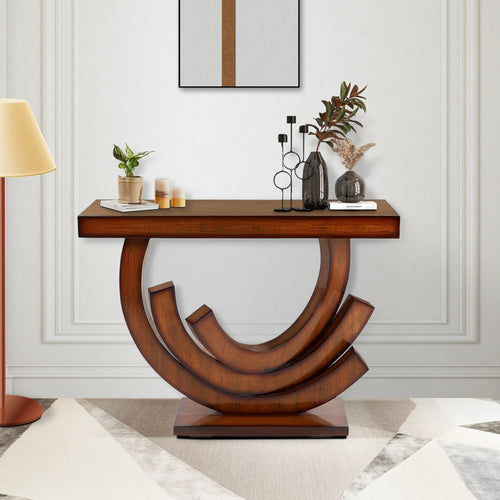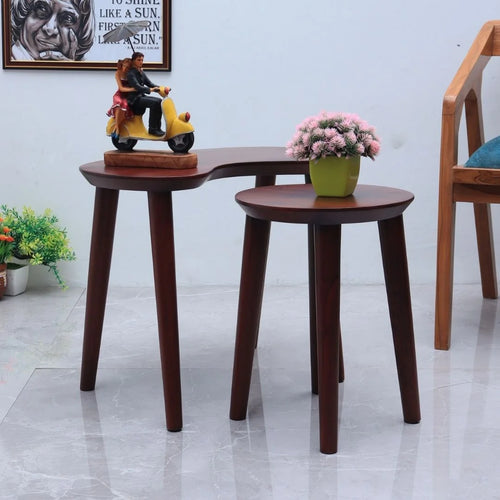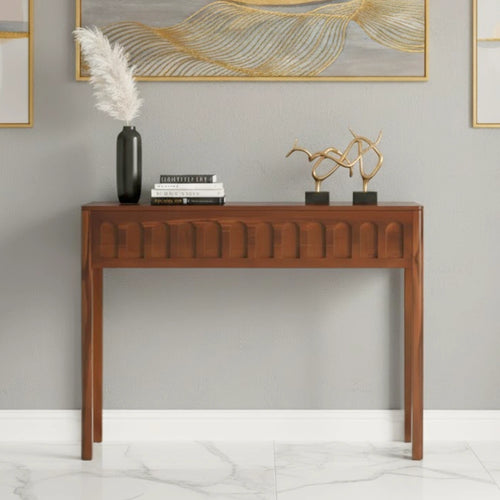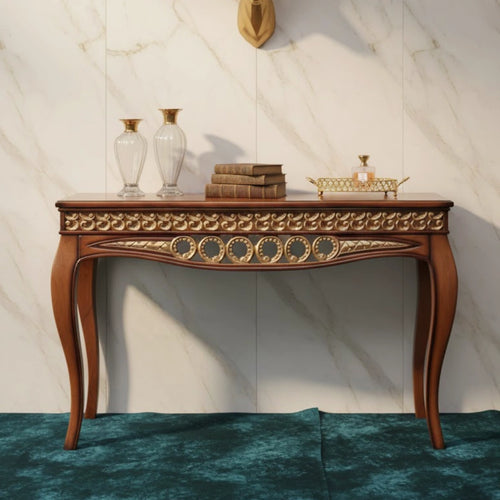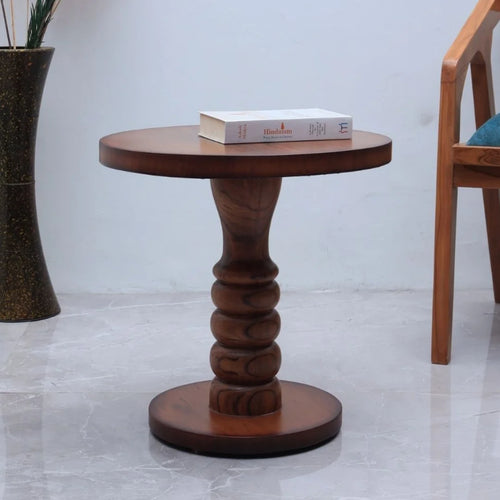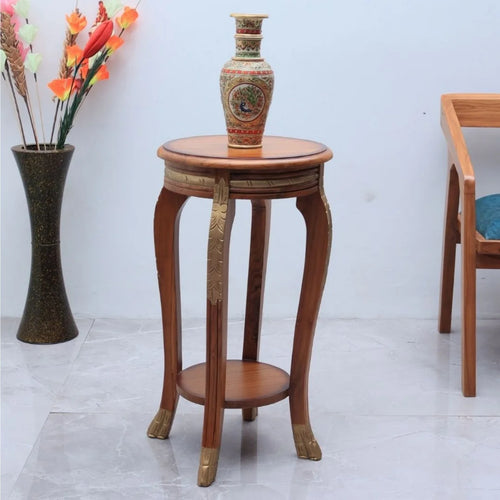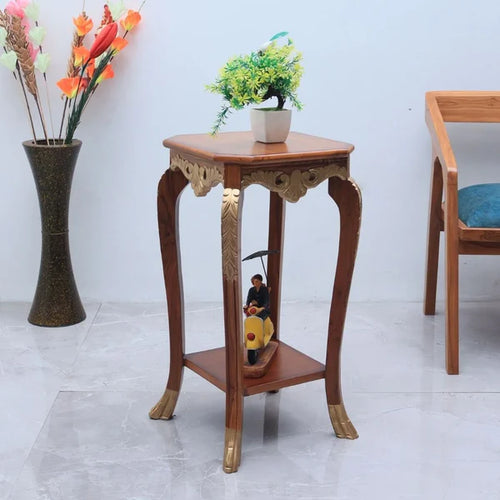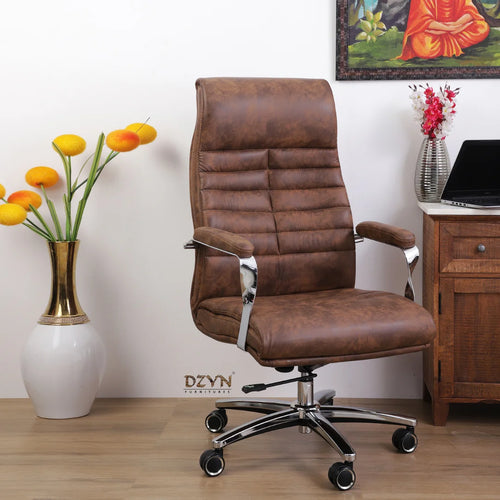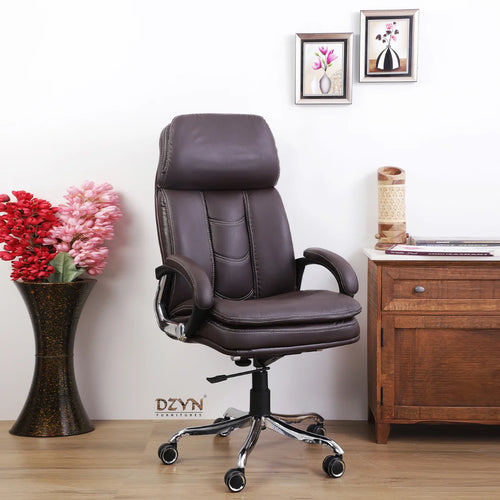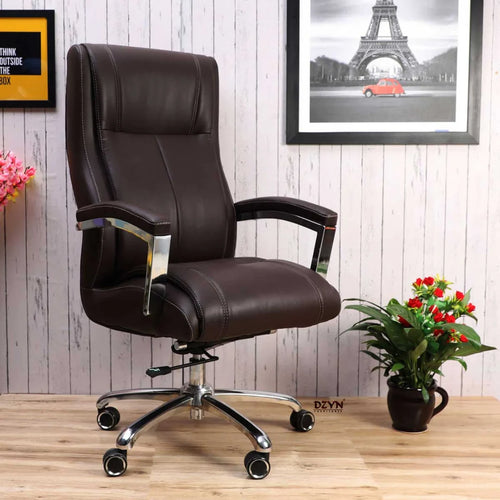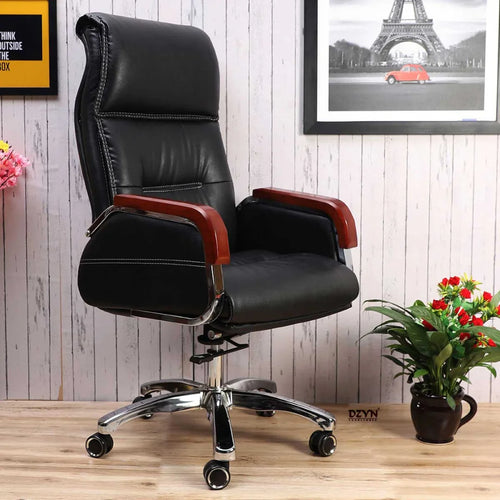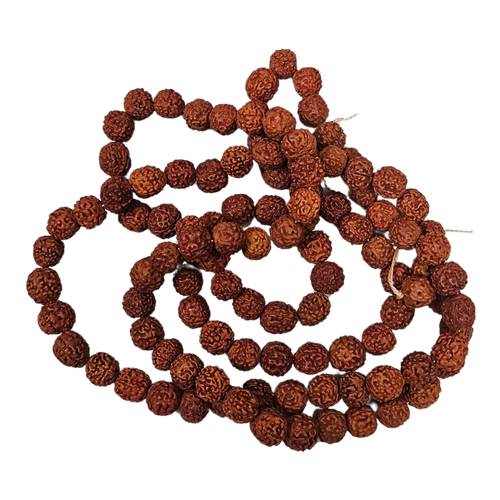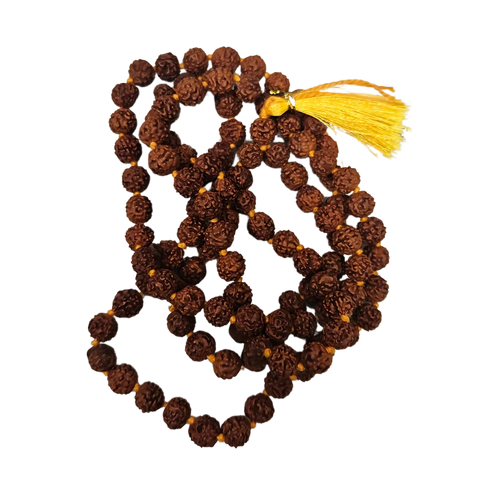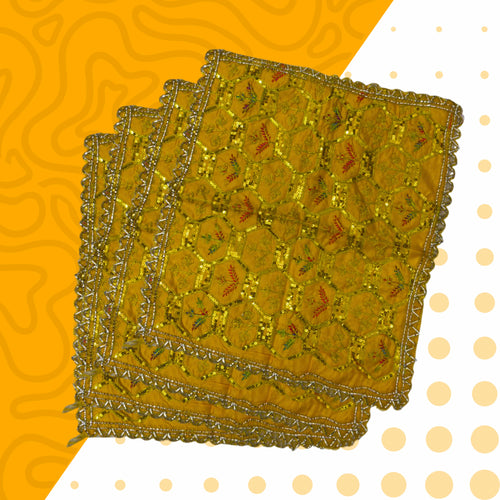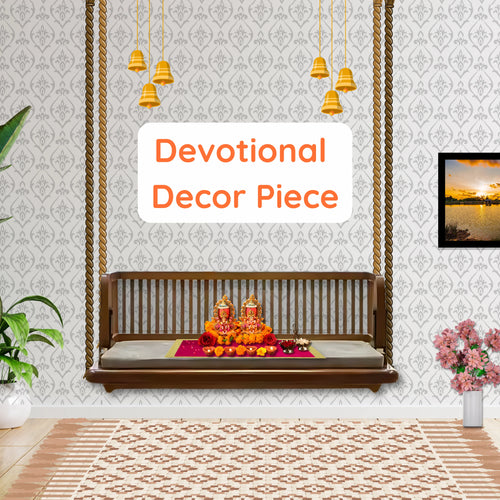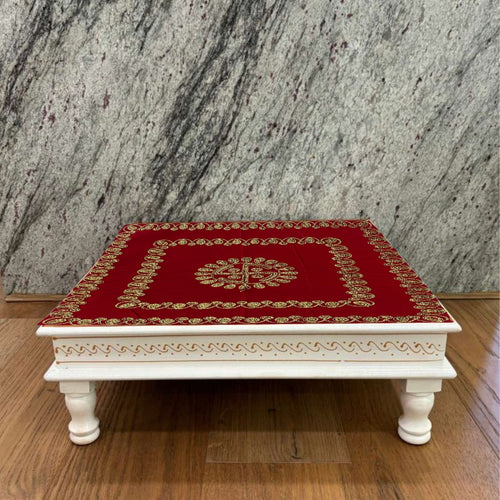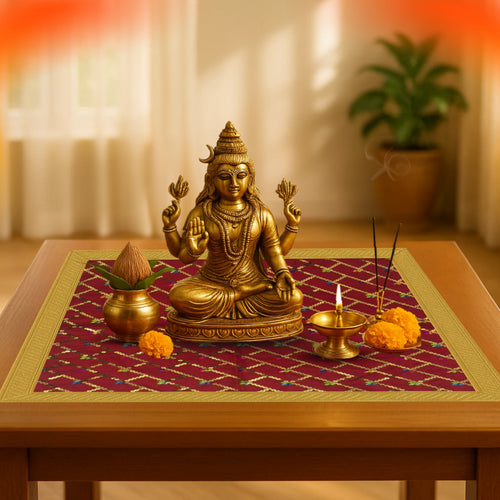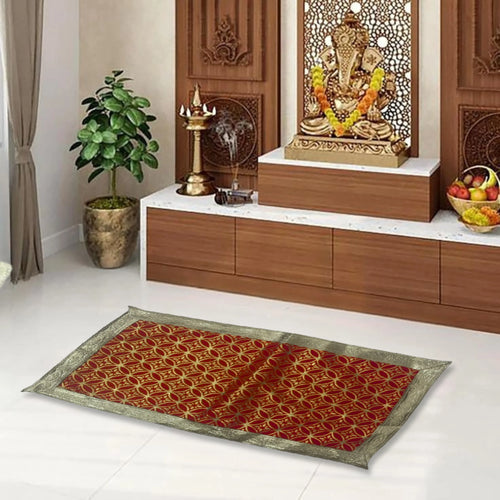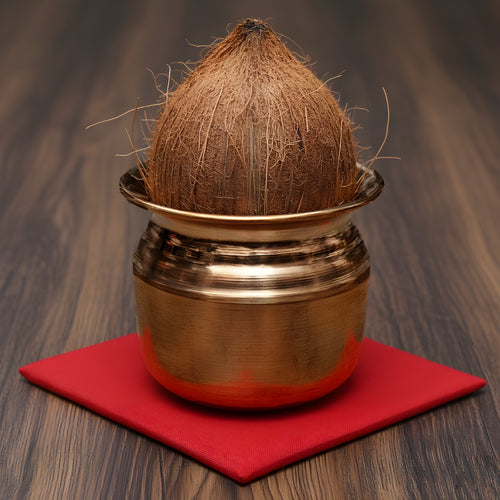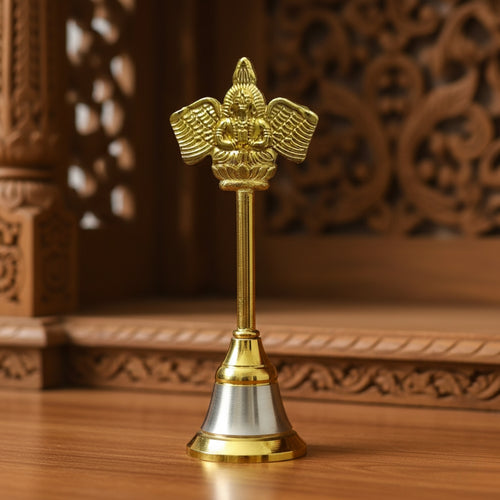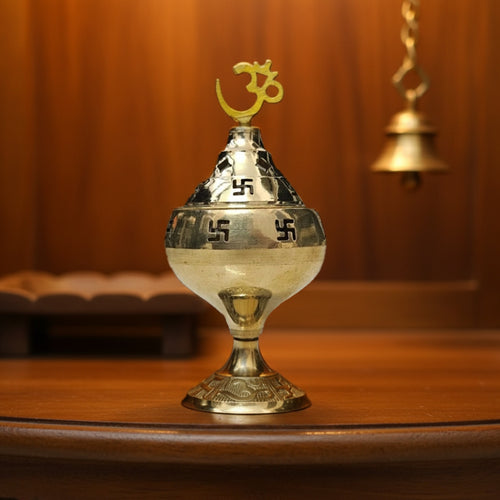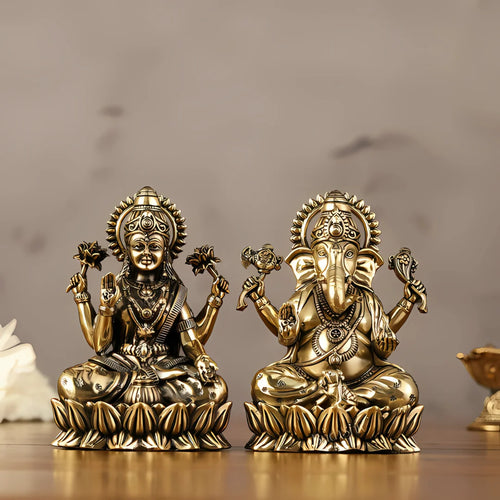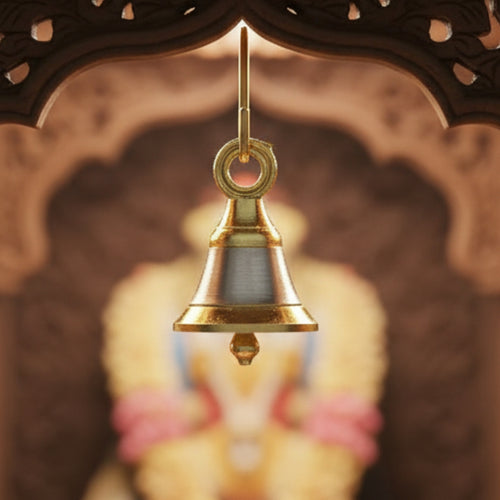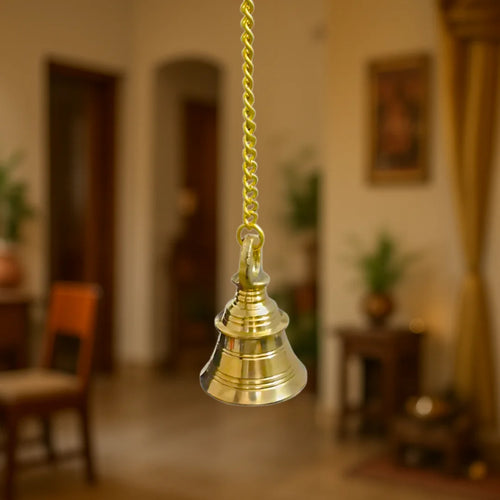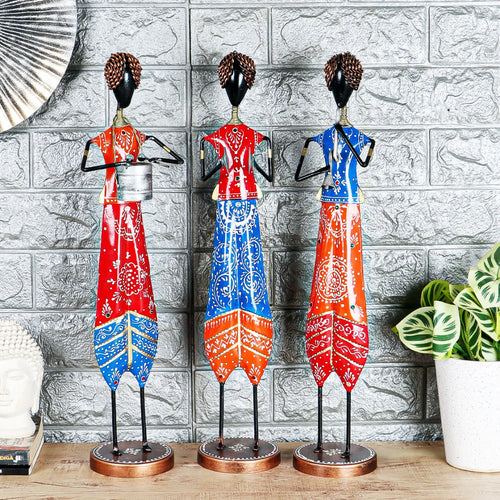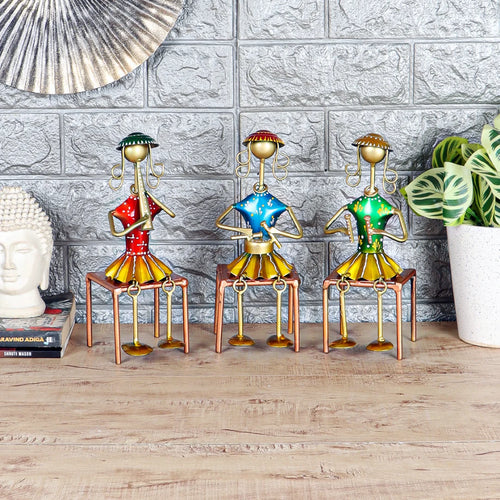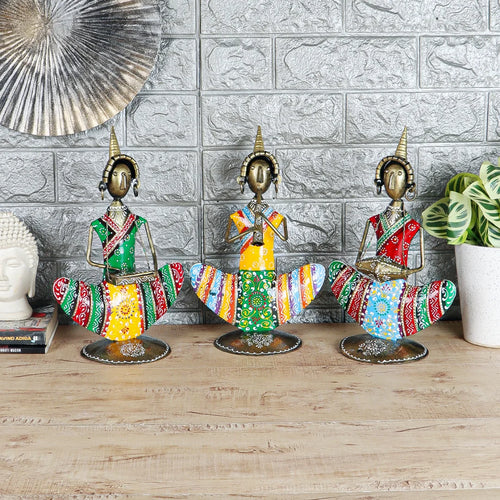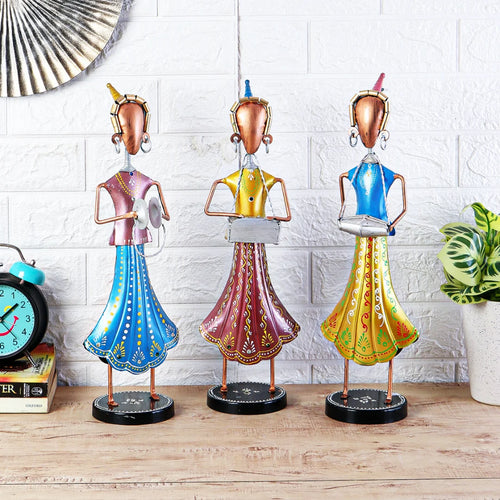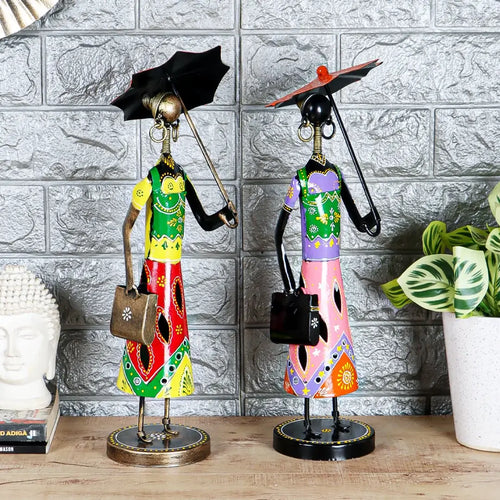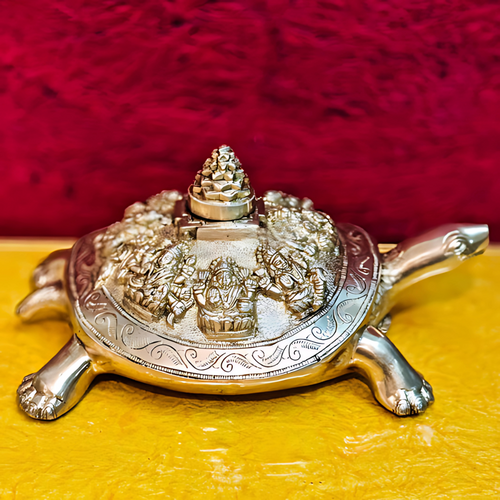Have you ever wondered why so many houses have a designated space for worship and prayer? That is the pooja room, a hallowed area where people can have personal and family spiritual connections. But why is it so important? To learn more about pooja rooms and their significance in daily life, let's explore this intriguing realm.
Historical Background
Origin of Pooja Rooms
Ancient are the roots of a pooja room. In the earliest days of India, they represented the core of spiritual activities. Derived from the Sanskrit “puja” meaning reverence or worship, the pooja room was where gods were worshipped. Hindu culture has kept it alive for all these years since time began.
Evolution Over Time
Over centuries, the pooja room has evolved. From elaborate temple-like structures in grand homes to compact, yet equally sacred, spaces in modern apartments, the essence of a pooja room remains unchanged – a space for devotion and prayer. Despite these changes, the core purpose of connecting with the divine has stayed intact.
Cultural Significance
Importance in Hinduism
Hindu culture deems the pooja room very significant, this is the place where everyday worship with all its important rituals are performed. Here in this place it is seen that it is the point where man (earthly) meets with gods (divine) thus connecting with them directly; hence it serves as a reminder that they are present among us each day.
Symbolism and Rituals
Rich symbolism is typical of the rituals performed in a pooja room. Lighting a lamp is a symbol of purging darkness and ignorance whereas offering food (prasad) signifies thanksgiving and bestowing blessings to God. These traditions have profound spiritual connotations and are meant to perpetuate culture.
Spiritual Importance
Connection to the Divine
A pooja room is more than just a physical space; it is a spiritual haven. Here, one may seek comfort, meditate, or experience a close relationship with God. The existence of a pooja room within a household already brings about calmness in itself; therefore, people depend on it daily.
Meditation and Prayer
Meditation spots also use these rooms. Mind focusing is aided by the calm environment thus enhancing the ease of mindfulness practice and praying involvement. It is a retreat of a personal nature where individuals go to cleanse their spirits so as to connect with themselves internally.
Architectural Aspects
Traditional Designs
Pooja rooms have always been adorned with complex patterns and an array of objects that depict religious or cultural symbols. Wood carving or caving out wood together with a few sacred symbols defines most of these sacred spaces. They not only improve its beauty but also make it serve its spiritual purpose.
Modern Adaptations
Traditional sacred pooja rooms now adapt to a modern look within today's homes. This move has made them accessible and practical for the present lifestyle although they remain sacred. This blending avoids a situation where people have to choose between spiritual needs and style.
Architectural Aspects
Idols and Images
The devotees always include the idols of deities in the prayer. These images are the central attraction in worship and are usually placed on either a stand or altar. A feeling of God being there is felt from these holy figures within the household.
Lamps and Incense
In a pooja room, it is common to light lamps, burn incense, etc. This induces calmness in the room atmosphere and also purifies it. The place becomes more spiritual with the scent of incense and light from lamps hence making it more interesting.
Offerings and Prasad
People provide prasad, that is to say, fruits, sweets, and flowers. When performing worship these ones are given to gods and after that shared by family as a way of being blessed. Therefore, exchanging prasad creates connections among neighbors and a common religious feeling.
Daily Practices and Rituals
Morning and Evening Prayers
Every day in your pooja room, you should begin and close with the usual prayers. A person chants, sings holly songs, and does a light offering during worship sessions. Such morning and evening ceremonies to make sure that the family observes certain spiritual discipline.
Special Occasions
During festivals and special events, Pooja rooms always catch everyone’s attention, leading to complex ceremonies that bring together family members for fellowship and worship. The experience remains unforgettable, this forges closer family connections due to shared spiritual events.
Benefits of Having a Pooja Room
Mental Peace
The whole idea of having a room for doing puja is to ease the mind. Not only can spending time in meditation or prayer help relax someone during tense moments but it can also bring about an inner stillness. Because Every day is filled with so much disorder, sometimes we may need a little time out when everything seems quiet, allowing us to think about something peaceful.
Positive Energy
Maintaining a pooja room is believed to attract positive energy. The rituals and prayers performed here are thought to cleanse the home of negativity and imbue it with spiritual vibrancy. This positive energy can influence the overall atmosphere of the household, creating a harmonious living environment.
Family Bonding
Family bonding is strengthened by shared worship and rituals that are done in the pooja room. It is a place that brings generations together, reiterating cultural and spiritual values. By worshiping together, diverse families can establish a deep feeling of oneness and unity.
Setting Up a Pooja Room
Choosing the Right Spot
When setting up a pooja room, choosing the right location is crucial. Ideally, it should be in a quiet part of the home, facing east or north, to harness positive energies. The right spot enhances the spiritual experience and makes the space more conducive to prayer and meditation.
Essential Items
An ideal prayer room is typically furnished with deities, diya, agarbatti, and ghanti. Additionally, prayer can’t be carried out on just anything, so there has to be a clean piece of fabric or mat to sit on while offering prayers. In this context, both prayer materials and cleanliness are essential in order to maintain the sanctity of the room used for worship.
Pooja Room Etiquette
Cleanliness and Purity
It is essential to keep a pooja room clean at all times. This is why regular cleaning and decluttering are vital to keeping its sanctity preserved for a long. Keeping the space clean makes the spiritual experience deeper and more meaningful.
Dos and Don'ts
There are particular norms that must be followed when it comes to pooja rooms. For example, you should always keep the room clean without using it for other kinds of activities not related to religion. By doing so you will help in preserving the sanctity and purity of your shrine.
Pooja Room in Modern Homes
Space Constraints
Dealing with space constraints is often what modern living implies. Focusing on planning and design, though, a sacred pooja space can be made from even a tiny corner. A spiritually enriching area can be created even with limited spaces provided one conceives of it right.
Innovative Solutions
Creative solutions such as Wall-Mounted shelves or portable pooja units make it possible for a pooja room to be included in any home no matter how small it may be. These innovative solutions are meant to cater to spiritual requirements without using a large amount of space hence enabling them to fit in well people’s daily lives.
Pooja Room Maintenance
Regular Cleaning
The sanctity of the pooja room can never be upheld without regular cleaning. Engagements under this routine consist of dusting up the idols, freshening up stale flowers, and maintaining general room tidiness. Therefore, so long as the space is neat then it will always be a holy; place for worship.
Seasonal Decoration
The pooja room appears more charming when it is adorned for festivals or special occasions. Its beauty as well as spiritual ambiance can greatly be improved with seasonal flowers, lights, and rangolis (traditional floor designs). Moreover, such decorations serve as a source of joyfulness and merriment.
Common Misconceptions
Myths and Facts
There are several misconceptions about pooja rooms. For example, some believe only large homes can have them. In reality, even a small, dedicated space can serve the purpose effectively. Dispelling these myths helps in understanding the true essence and accessibility of pooja rooms.
